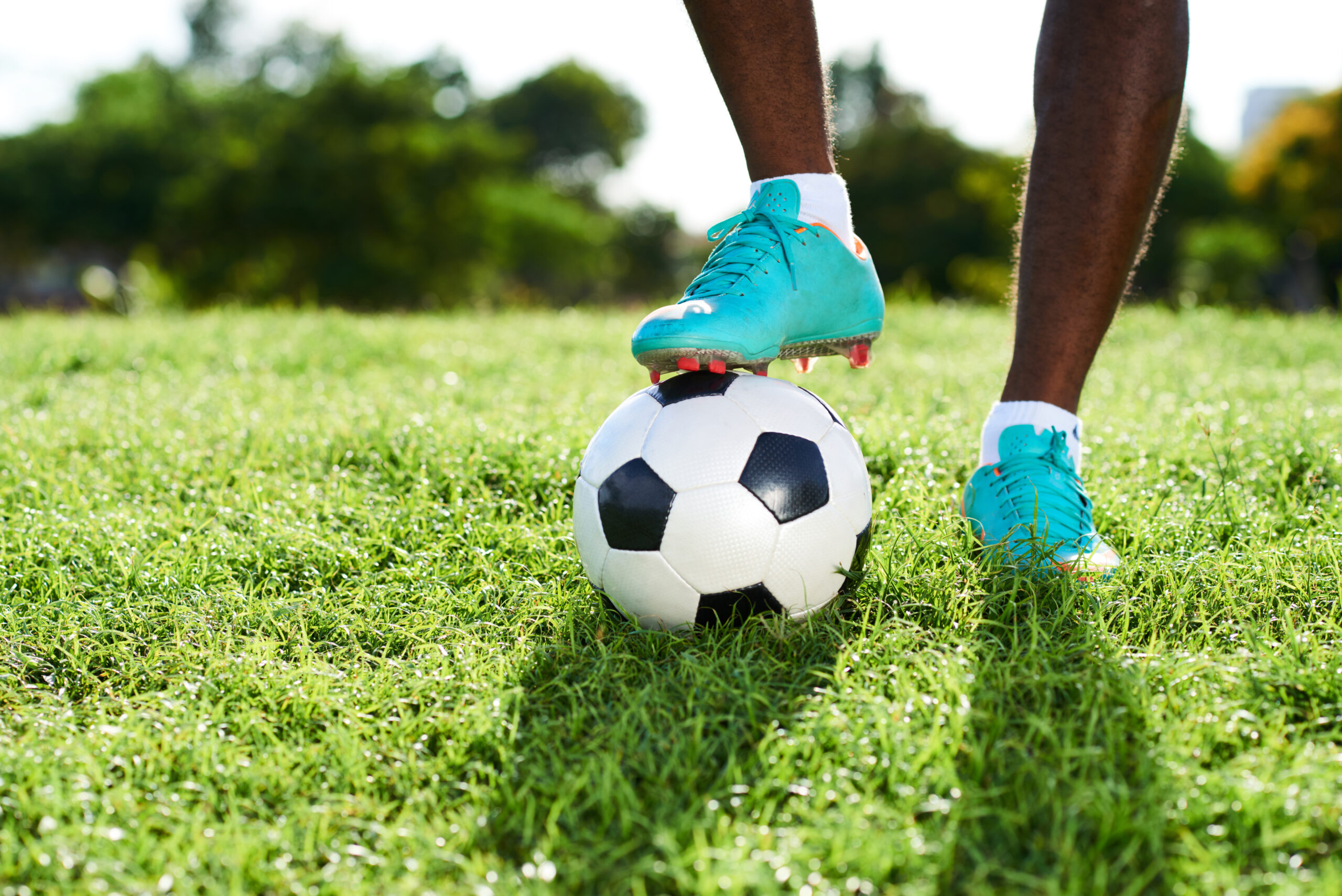Training Exercises Without a Ball – How to Develop Your Game Anywhere
One of the biggest misconceptions young players have is that you can only improve with a ball at your feet. While ball work is crucial, there’s so much more you can do to become a better footballer—even without a ball.
As someone who spent 19 years playing professionally, including in the Premier League, and now coaches at a UEFA Pro Licence level, I can tell you that the top players focus on every part of their game. They don’t just wait for team training—they find ways to improve their fitness, speed, agility, and mental sharpness on their own.
Here are five proven training exercises you can do without a ball that will have a real impact on your performance.
1. Agility Ladder Drills
Football is a game of quick feet and rapid direction changes. Agility ladder drills are brilliant for developing foot speed, balance, and coordination.
You don’t even need a fancy ladder—you can mark one out with tape or cones in your garden or local park.
Simple drills include:
Two feet in each box
Lateral shuffles
In-and-outs (jumping feet in and out quickly)
These drills train your body to move more efficiently. They help you stay light on your feet, making it easier to shift direction quickly in a match—whether you’re defending one-on-one or trying to beat a man.
2. Shadow Play (Imaginary Ball Work)
This might sound a bit unusual, but it’s an excellent way to work on positioning, decision-making, and muscle memory.
Imagine you have the ball at your feet and go through match scenarios. Practise receiving it on the half-turn, checking over your shoulder, turning into space, or even pretending to shoot.
It’s all about visualisation and movement. You’re training your brain to anticipate situations before they happen. Many professional players use shadow play to rehearse moves and improve their awareness.
3. Sprint Intervals
Football is not about running at one steady pace—it’s about explosive sprints followed by quick recoveries.
Sprint intervals are one of the best ways to replicate match fitness. Try this:
Sprint 20 metres at full effort
Walk or jog back to recover
Repeat 6–10 times in sets, with rest between sets
These intervals improve your ability to recover quickly between high-intensity actions. The fitter you are, the more consistently you can press, make runs, or get back into position.
4. Plyometric Jumps
Power is vital in football. Whether you’re jumping to win a header, accelerating away from a defender, or changing direction sharply, explosive strength gives you an edge.
Plyometric exercises are designed to build this power. Examples include:
Box jumps
Squat jumps
Lateral bounds
Focus on controlled, soft landings to protect your joints while maximising the explosive push-off. Adding plyometrics to your routine will noticeably improve your athleticism on the pitch.
5. Core Circuit
Your core is the foundation of balance, control, and injury prevention. Strong core muscles help you shield the ball, stay upright under challenges, and generate power in your movements.
A simple circuit might look like this:
Plank (1 minute)
Side plank (30 seconds each side)
Russian twists (20 reps)
Leg raises (15 reps)
Repeat for 2–3 sets. You don’t need any equipment other than a mat or soft surface.
Conclusion
The best players do not limit their development to what happens at team training. They take ownership of their improvement.
These exercises might not involve a ball, but they directly affect your performance when you’re back on the pitch. Whether you want to improve your agility, speed, power, or balance, these drills help you build the athletic qualities every modern footballer needs.
If you’re serious about taking the next step in your game, add these to your weekly routine. Improvement is a choice—and these sessions are completely in your control.



No Comments yet!